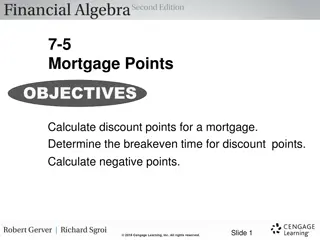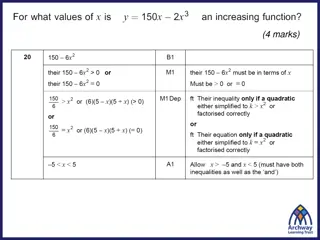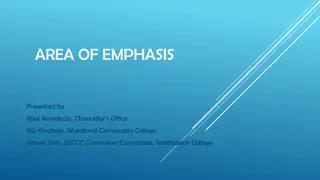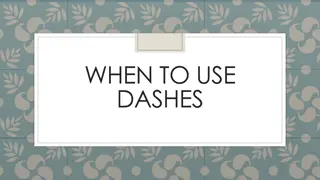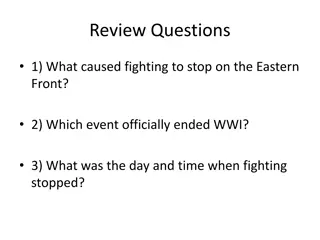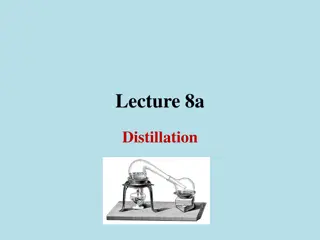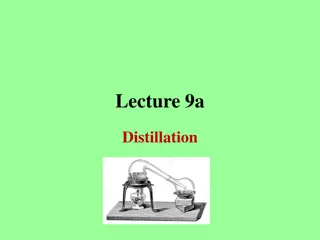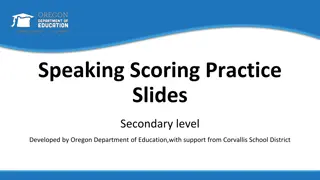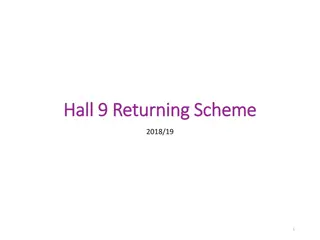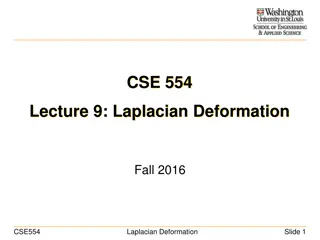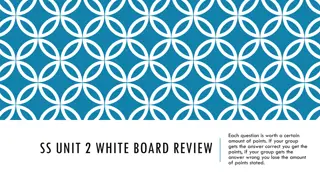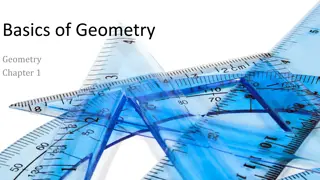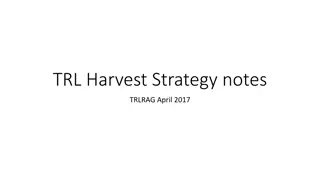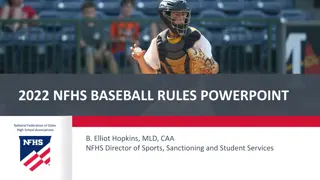
Restrictions and Guidelines for Players and Personnel in Match Settings
Learn about the detailed restrictions and rules for players, coaches, and bench personnel before and during a match. From jewelry restrictions to behavior guidelines, this guide provides essential information to ensure fair play and sportsmanship on the court.
Download Presentation

Please find below an Image/Link to download the presentation.
The content on the website is provided AS IS for your information and personal use only. It may not be sold, licensed, or shared on other websites without obtaining consent from the author. If you encounter any issues during the download, it is possible that the publisher has removed the file from their server.
You are allowed to download the files provided on this website for personal or commercial use, subject to the condition that they are used lawfully. All files are the property of their respective owners.
The content on the website is provided AS IS for your information and personal use only. It may not be sold, licensed, or shared on other websites without obtaining consent from the author.
E N D
Presentation Transcript
Restrictions before the Match ANY STUDENTS: PLAYERS, MANAGERS, DIFFERENT LEVEL PLAYERS Type Allowed Prohibited Jewelry Studs above the chin (one or more) Hoop earrings Studs below the chin Medical alert medals taped to body (may be visible) Watches, Fit Bits, etc. Friendship and commemorative bracelets Religious medals taped to the body and worn under the uniform Other jewelry Headphones, Air Pods, etc. Flip-flops, Crocs, etc. Audio None Shoes Head coverings/ hair control Appropriate playing shoes Soft headbands up to 3 wide Head coverings for medical reasons (unless given an IHSA waiver) Securely fastened hair control devices or adornments not posing a safety hazard Other head coverings Religious head coverings (if secured and non- abrasive) Applies to any student in a playable area Enforcement begins when referees arrive at the court
Bench Personnel Restrictions COACHES Situation Dead Ball Head Coach Assistant Coaches May go up to but not beyond the sideline (or its extension) Only one assistant coach may stand at a time Different coaches may stand at different times May not enter the substitution zone Position limits are the same as for head coaches May stand beyond the extension of the end line All allowed to stand to react to team s great play, subs, and injuries During play May be no closer than 6 from the sideline (or its extension) Must be seated May not enter sub zone May stand beyond the extension of end line Addressing referees and other officials May interact with R2 in a sportsmanlike manner during dead balls Only interaction with floor/bench officials is with R2 to verify things such as: May only interact with R1 after requesting a time-out to review a non-judgment decision Score accuracy Number of timeouts or subs for coach s team Their team s serving order Correct server for opponents May not interact with support staff at officials table
Player Restrictions PLAYERS Situation Substitutes, Managers, etc. Dead Ball May only stand to React to their team s great play Greet a replaced or substituted player Briefly get water Go to a non-playable area to warm up prior to entering the match. A player may not just stand and watch play. May move towards the court but must stay closer to the bench than the court Reacting to team s great play May not enter the substitution zone May be beyond the extension of the end line No unsporting or aggressive (e.g., bow and arrow) cheers or actions directed towards the opposition ALL Players, Managers, etc. Communication about a serve (e.g., floater, top- spin, etc.) is allowed between players and bench Situation Communication during opponent s serve It is unsporting conduct to do so in a way meant to disconcert the server when he/she is about to contact the ball (Rule 12-2-9a) The rules provide no specific limitations about how many players can communicate or in what way. However, referees will assess timing, volume, and other considerations in determining if an act is unsporting. Unsporting conduct will be sanctioned.
Uniforms Substitutes, Managers, etc. Situation Numbers Must be 0 99. Numbers starting with 0 (such as 00, 01, 02, etc.) are NOT legal in Illinois (this is different than the NFHS rule book) Numbers must be solid colors and CONTRAST with the jersey color, regardless of any outline Numbers on the front of the jersey: Minimum of 4 high Number top is no lower than 5 down from shoulder seam or, if centered, bottom of any neckline ribbing Numbers on the back of the jersey: Minimum of 6 high Centered on the upper back of the uniform Libero Jerseys The libero top must CLEARLY CONTRAST with the predominant color(s) of the regular team top. Referees review jersey tops to determine whether contrast is sufficient. It is recommended teams always bring a second libero top in case one is disallowed. The libero bottom must be the same color as the regular team bottom. Visible garments that run beneath the uniform are considered undergarments. They can include tights, leg sleeves, arm sleeves, etc. Under- Garments Visible undergarments must be a solid color similar to the predominant color of the uniform piece under which they exist. Visible garments rolled or otherwise adjusted so they no longer are beneath the uniform are not undergarments.
Contrast Contrast is subjective, but a basic assessment is light vs. dark. Groups Light Non-Contrasting Color Examples LIGHT PINK WHITE LIGHT GRAY LIGHT YELLOW Dark BLACK DARK GRAY DARK PURPLE ROYAL BLUE Red/ Orange ORANGE RED Still not sure? Try reading numbers with non-contrasting colors. 23 15 67 89 BLACK/ ROYAL BLUE WHITE/ DARK PURPLE/ BLACK RED/ORANGE LIGHT YELLOW Consider black, white, or neon colors as contrasting liberos jerseys 23 23 23 23 23 23 It s always a good idea to have a second color libero jersey




